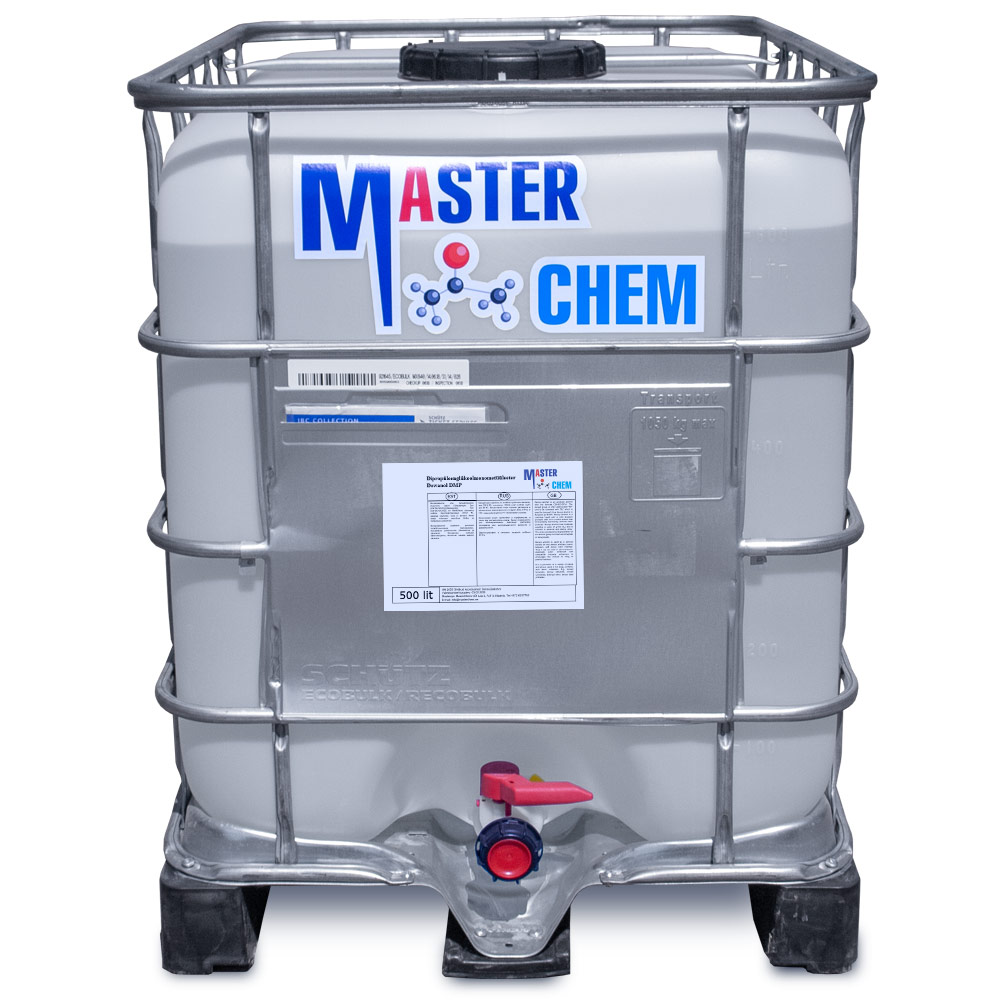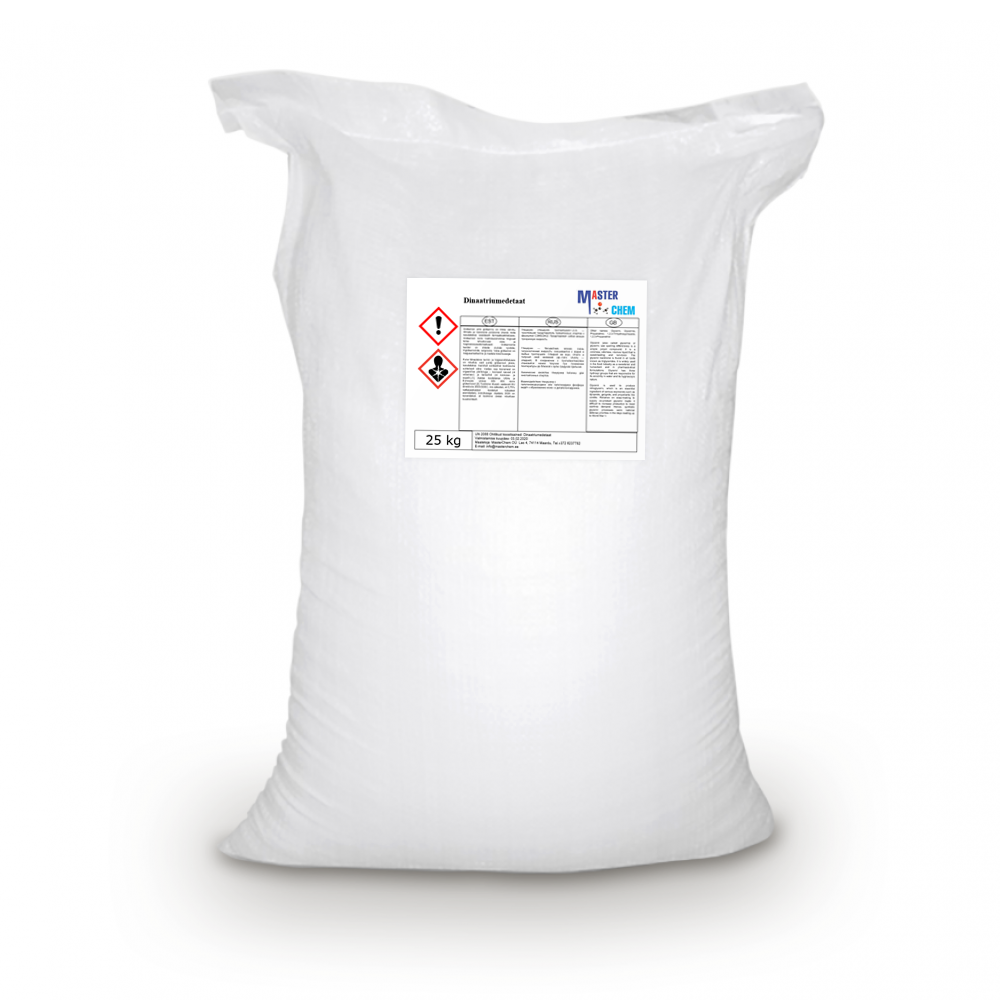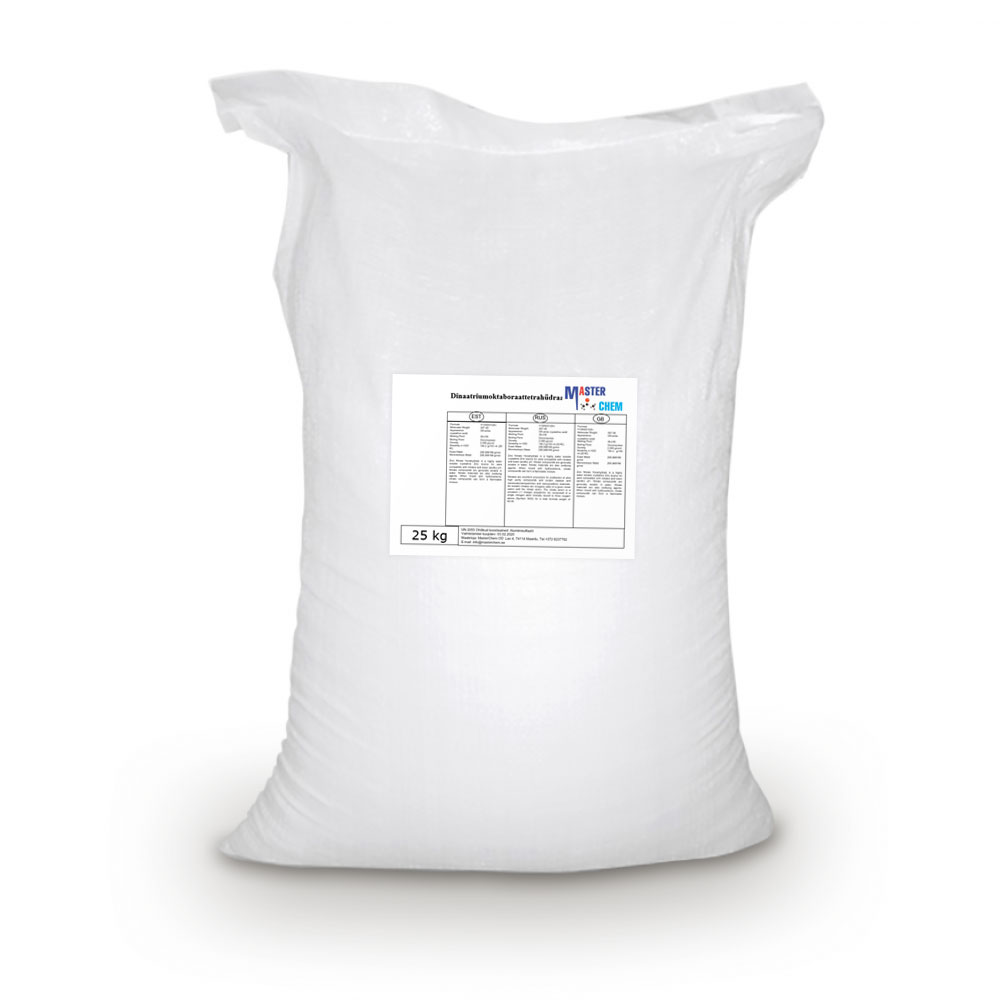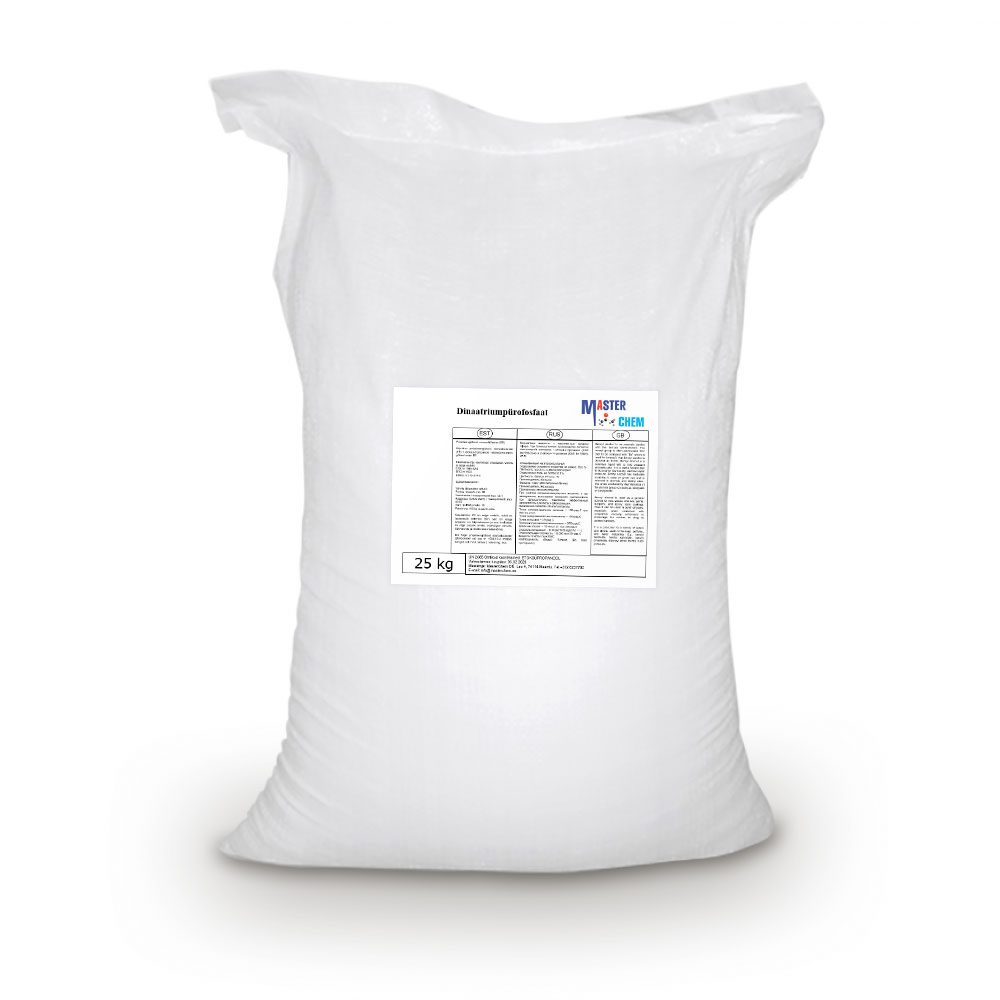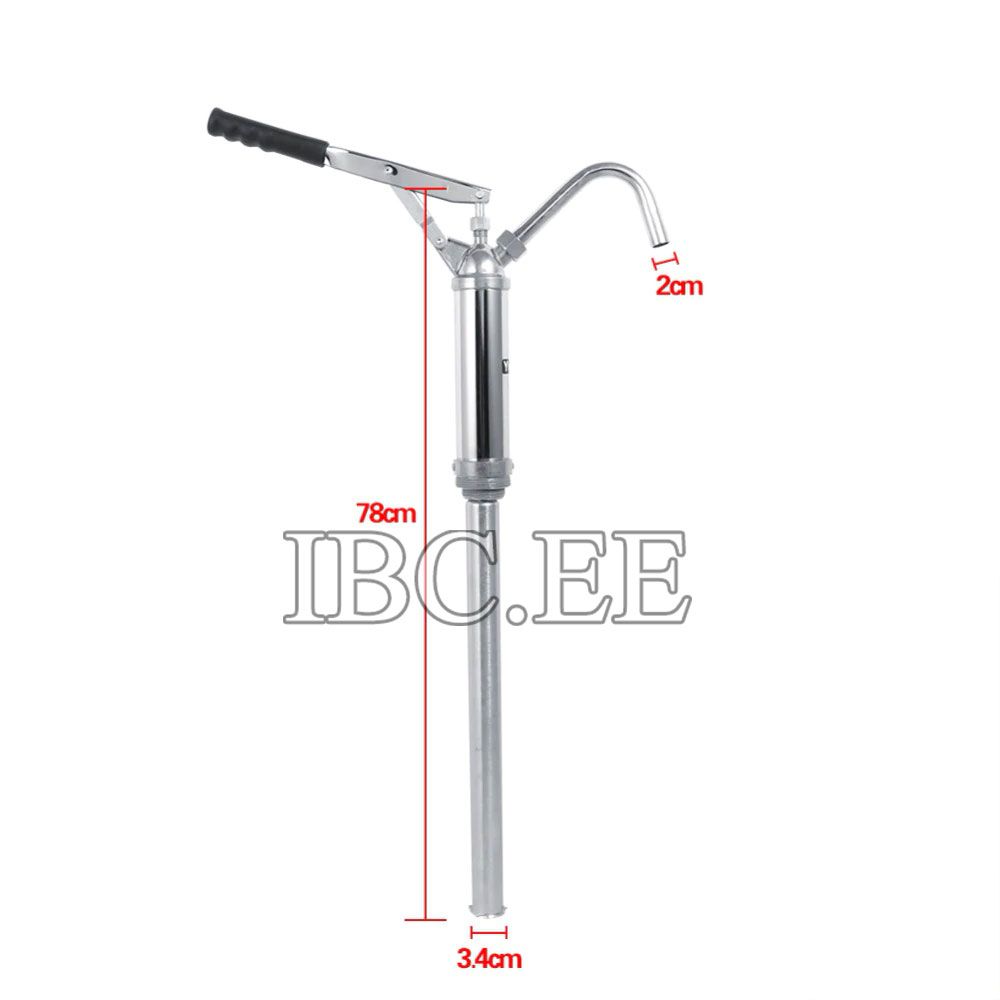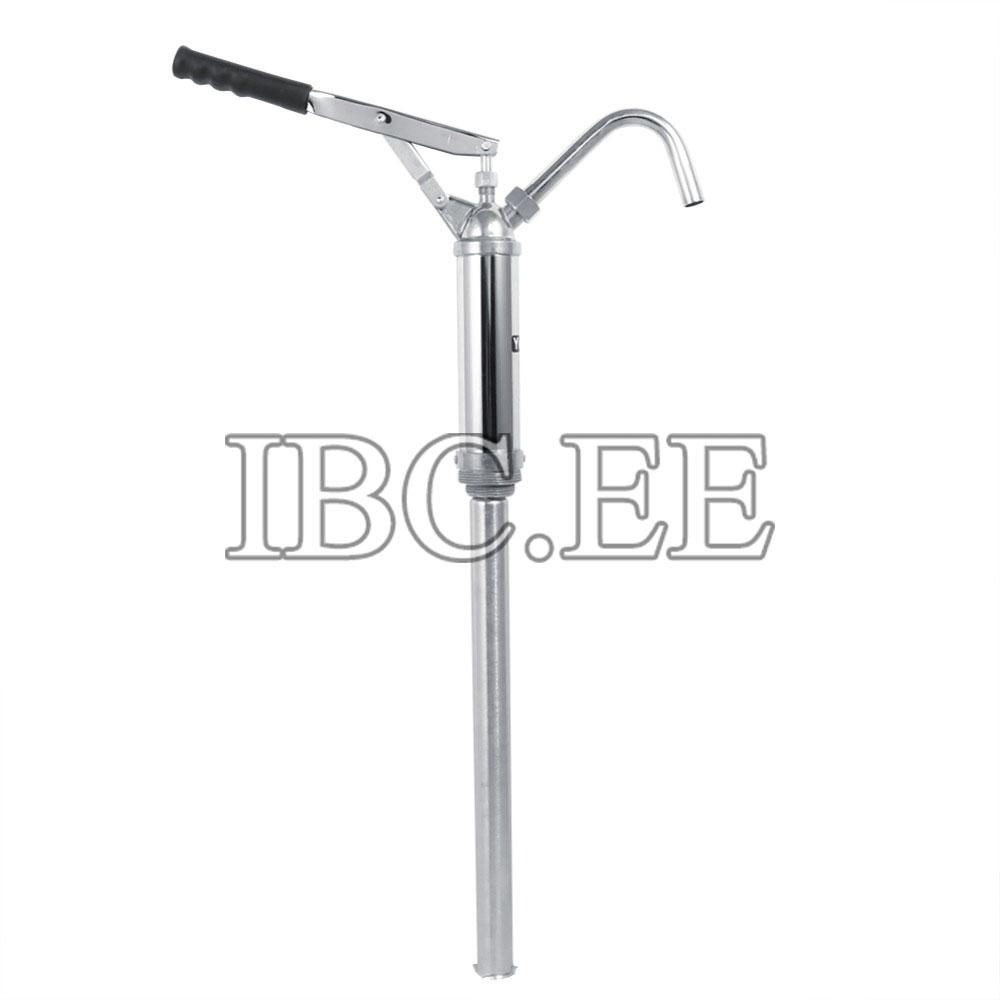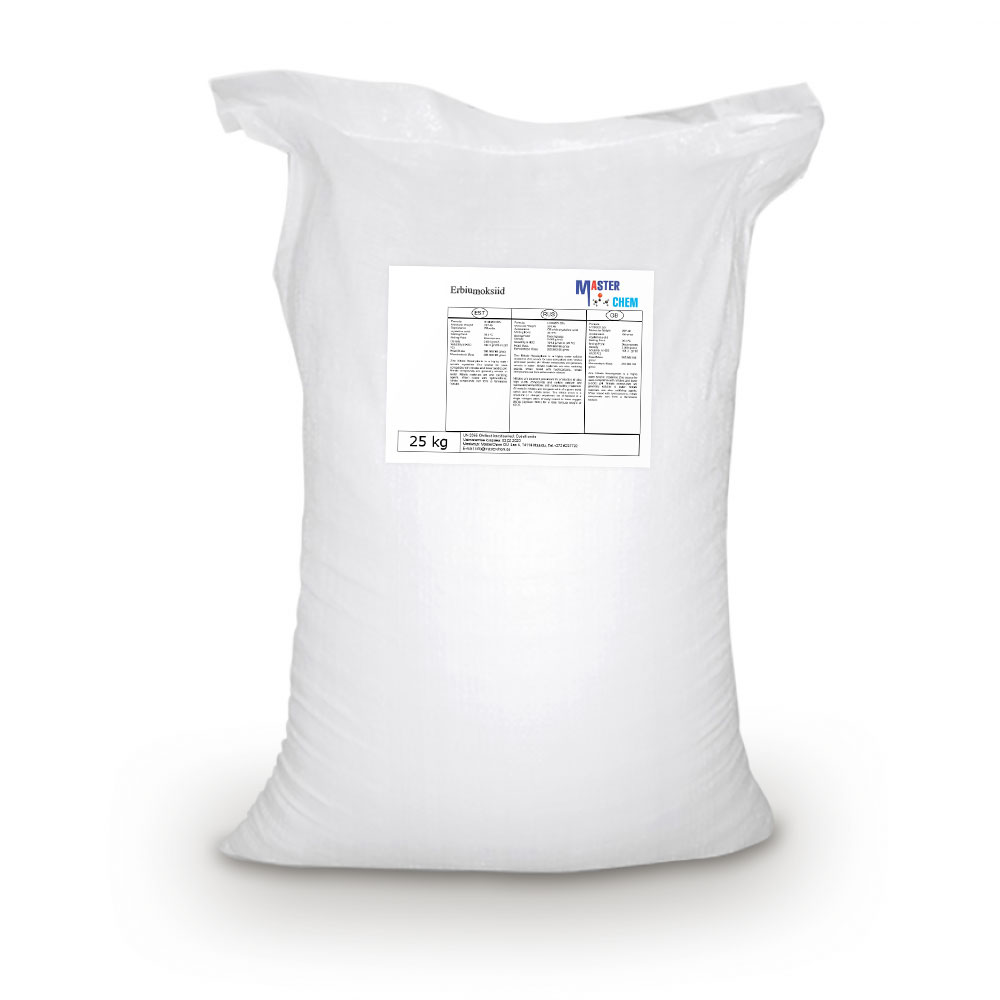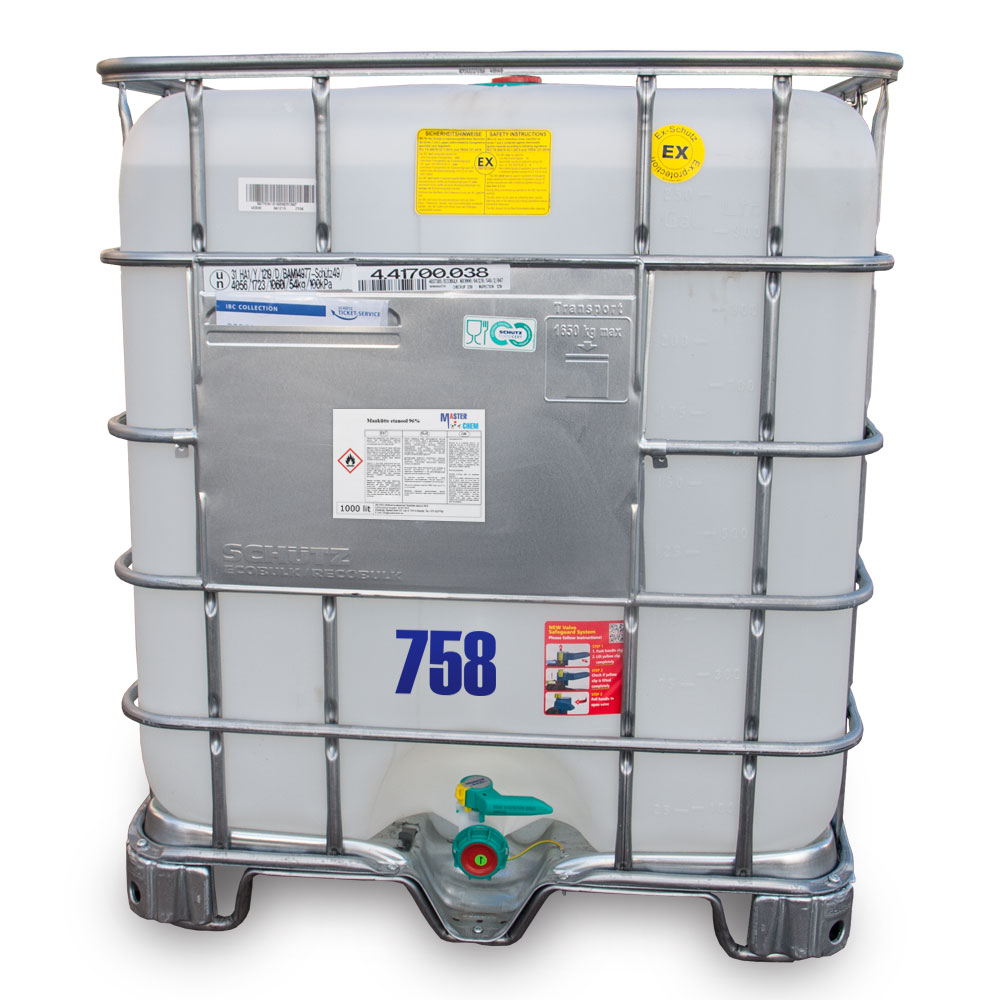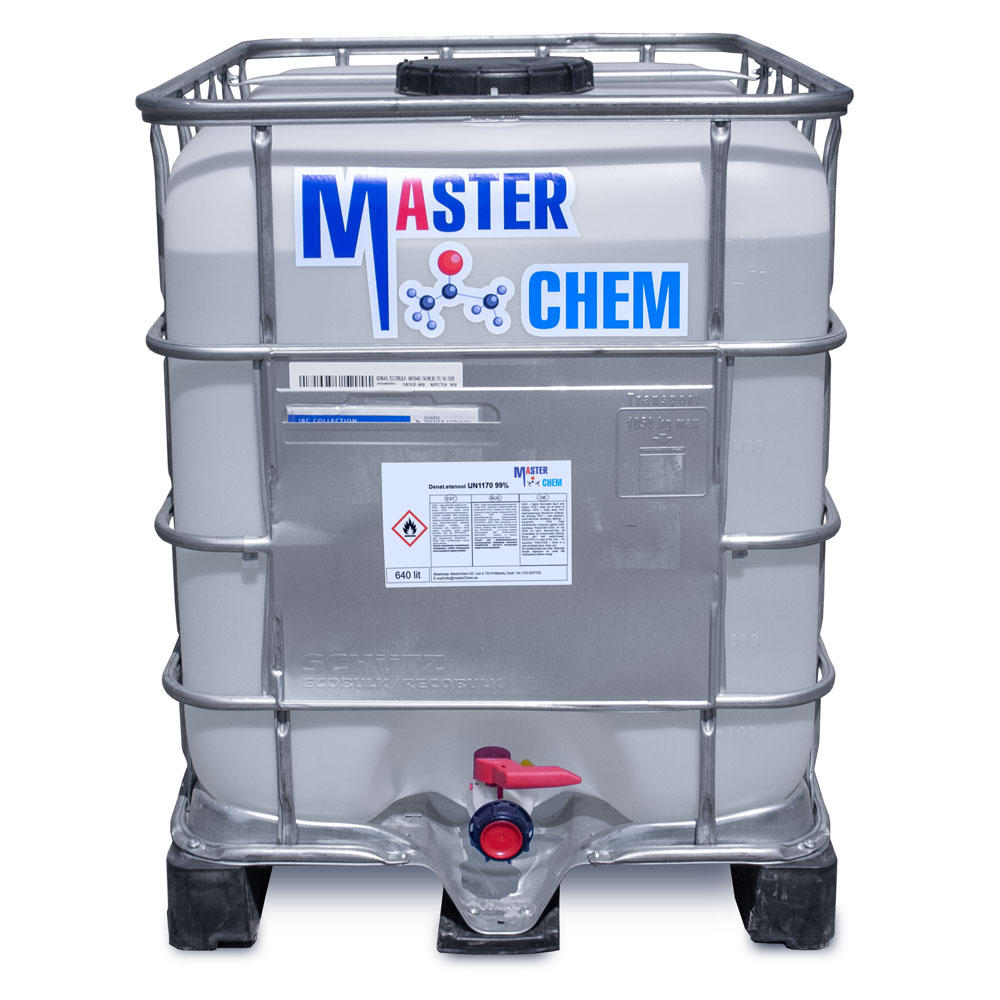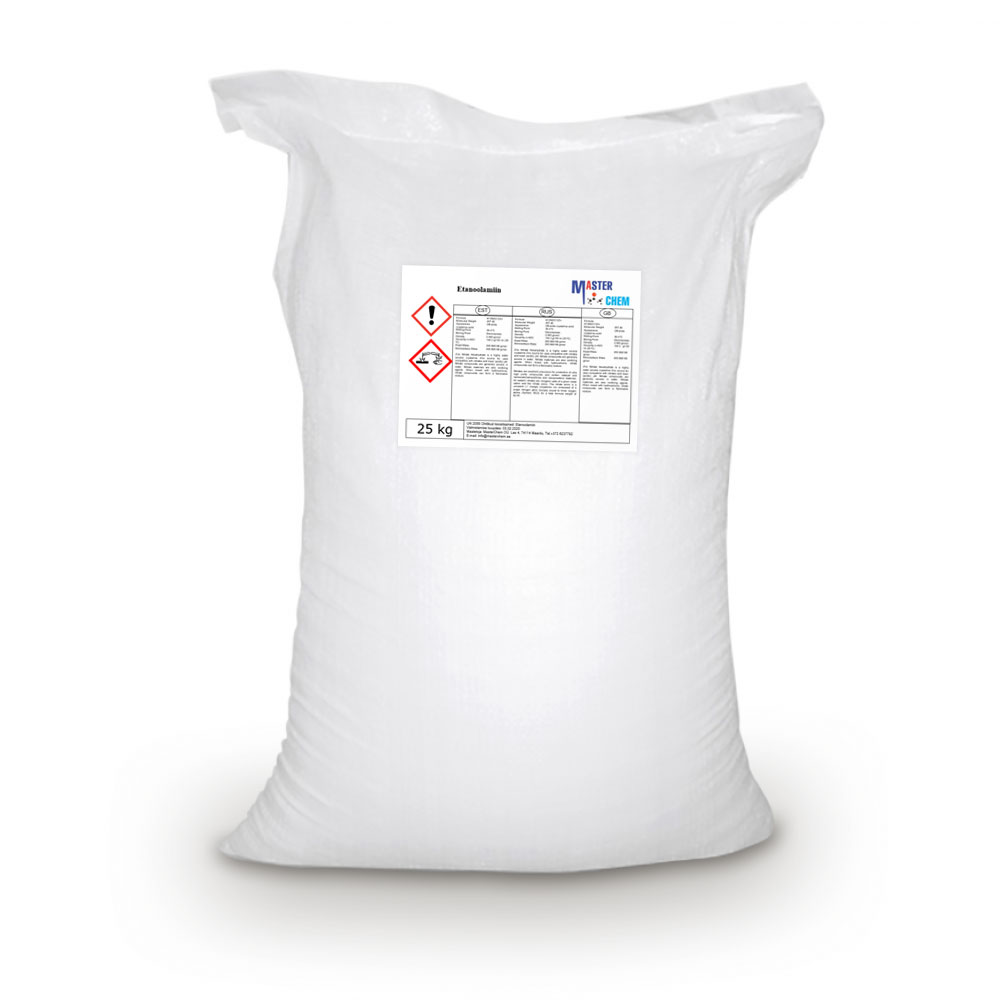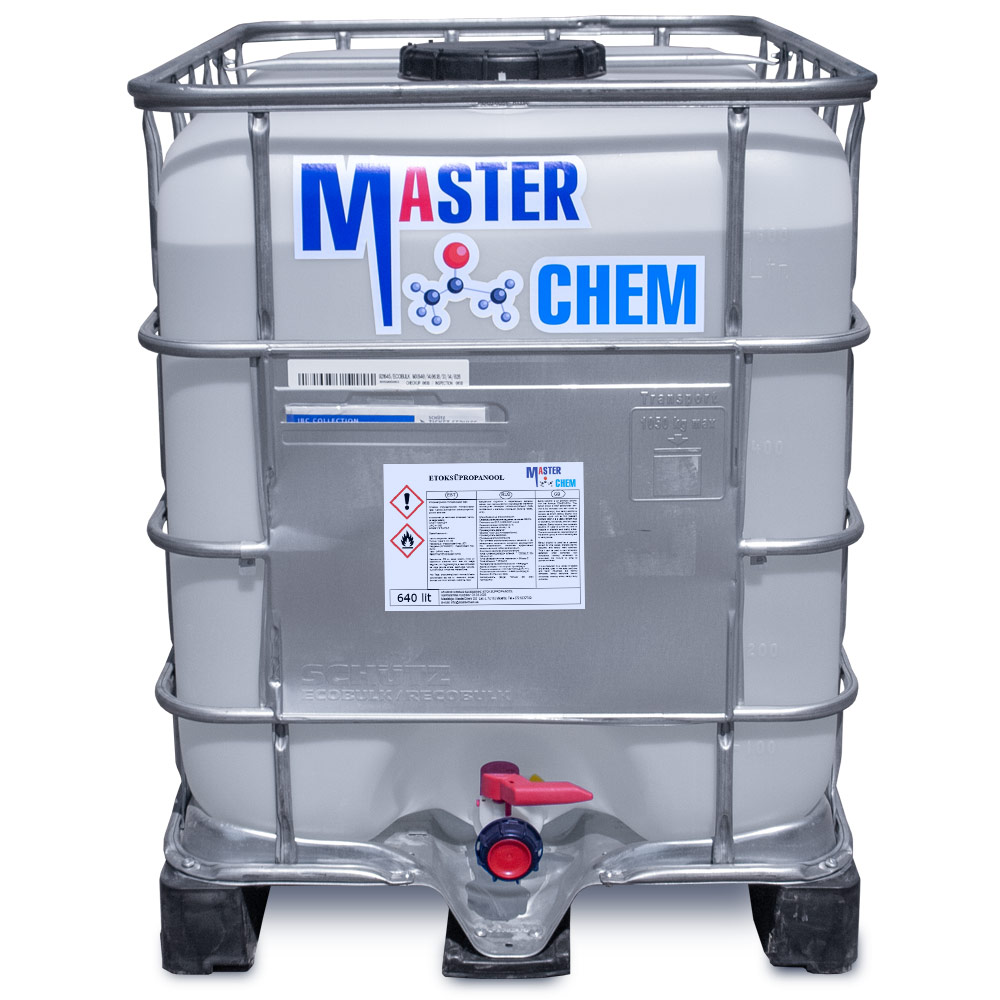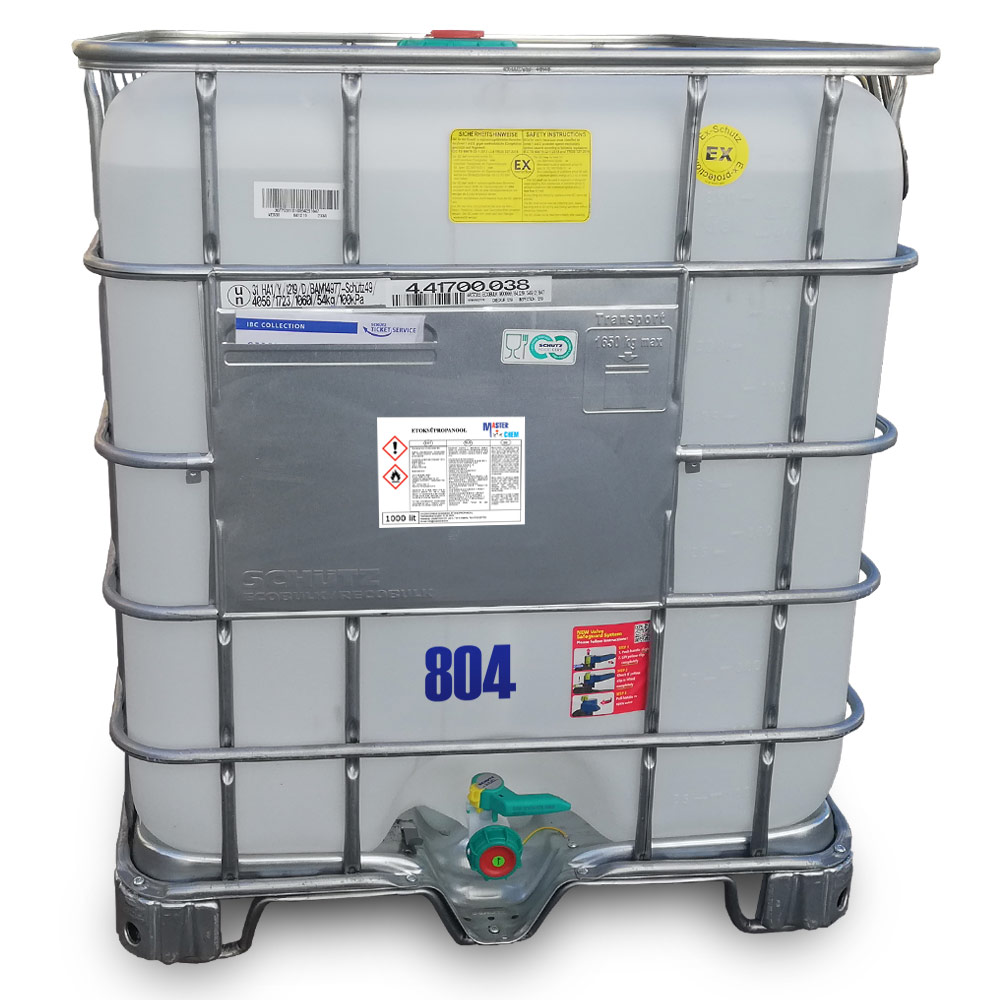Total: €100.00
Dipropylene glycol (CAS 110-98-5)
Other names: Dipropylene glycol, 4-Oxa-1,6-hexandiol, 1,1′-Oxybis(1-propanol), 1,1′-Oxybis(2-propanol)
Dipropylene glycol is a mixture of three isomeric chemical compounds, 4-oxa-2,6-heptandiol, 2-(2-hydroxy-propoxy)-propan-1-ol, and 2-(2-hydroxy-1-methyl-ethoxy)-propan-1-ol. It is a colorless, nearly odorless liquid with a high boiling point and low toxicity.
CAS 110-98-5
Dipropylene glycol monomethyl ether Dowanol DMP (CAS 34590-94-8)
Dipropylene glycol monomethyl ether Dowanol DMP (CAS 34590-94-8)
Di(propylene glycol) methyl ether is an organic solvent with a variety of industrial and commercial uses. It finds use as a less volatile alternative to propylene glycol methyl ether and other glycol ethers. The commercial product is typically a mixture of four isomers.
Disodium edetate (CAS 6381-92-6)
Disodium edetate (CAS 6381-92-6)
Edetate Disodium is the disodium salt form of edetate, a heavy metal chelating agent with anti-hypercalcemic and anti-arrhythmic properties. Edetate, a heavy metal antagonist, chelates divalent and trivalent metals, forming soluble stable complexes which are readily excreted by the kidneys, thereby can be used to lower serum calcium concentrations. In addition, this agent exerts a negative inotropic effect on the heart through a transiently induced hypocalcemic state, thereby antagonizing the inotropic and chronotropic effects of digitalis glycosides on the ventricles of the heart. Upon ocular administration, edetate exerts its ophthalmic effect by chelating calcium to form soluble complexes, thereby removing corneal calcium deposits.
Disodium octaborate tetrahydrate (CAS 12280-03-4)
Disodium octaborate tetrahydrate (CAS 12280-03-4)
Disodium octaborate tetrahydrate, an alkaline salt, is produced in two forms. One is a clear, liquid concentrate or it is packaged as a white, odorless, powdered chemical substance that is not flammable, combustible, or explosive and has low acute oral and dermal toxicity. This salt, which is commonly confused with boric acid, is used as an insecticide and is commonly sold in liquid or powder form. It is also effective against fungi and algae. It has an unlimited shelf life and is not affected by temperature.
This chemical is also a flame-retardant. In the liquid form, it is commonly diluted and sprayed on wood surfaces to kill termites, powder post beetles, carpenter ants, fungi and algae. It is also available as pellets for embedding in structural wood. This alkaline salt is not to be confused with boric acid (an acidic chemical) or the laundry detergent additive used for stains.
In common use as a termite control or for termite prevention, the liquid concentrate is used at a ratio of 1:1 with water. The advantages to this chemical over conventional pest control treatment is that it is non-carcinogenic and has a low toxicity to humans and pets. It is also odorless and proper application lasts for the lifetime of the wood. Repeat treatment is not necessary. It is best used during new construction, however, it is more commonly used after the fact on homes originally treated with chemicals that have become inactive.
Disodium pyrophosphate (CAS 7758-16-9)
Disodium pyrophosphate (CAS 7758-16-9)
Disodium pyrophosphate or sodium acid pyrophosphate (SAPP) is an inorganic compound consisting of sodium cations and pyrophosphate anion. It is a white, water-soluble solid that serves as a buffering and chelating agent, with many applications in the food industry. When crystallized from water, it forms a hexahydrate, but it dehydrates above room temperature. Pyrophosphate is a polyvalent anion with a high affinity for polyvalent cations, e.g. Ca2+.
In leather treatment, it can be used to remove iron stains on hides during processing. It can stabilize hydrogen peroxide solutions against reduction. It can be used with sulfamic acid in some dairy applications for cleaning, especially to remove soapstone. When added to scalding water, it facilitates removal of hair and scurf in hog slaughter and feathers and scurf in poultry slaughter. In petroleum production, it can be used as a dispersant in oil well drilling muds.[citation needed] It is used in cat foods as a palatability additive.[6] Disodium pyrophosphate is used as a tartar control agent in toothpastes.
Dl-Methionine (CAS 59-51-8)
Dl-Methionine (CAS 59-51-8)
DL-Methionine is an essential amino acid containing sulphur. Methionine consists of an asymmetric carbon and exists as D (dextrogyre) and L (levogyre) optical isomers. The L-methionine is considered as biologically active. The racemic mixture of D and L-isomers forms DL-methionine, which is the commercially available methionine.
DL-Methionine has been used to study its effect on the growth and feed utilization of Nile tilapia. It has also been used as a part of standard diet in animal models.
Drum Pump Transfer Hand Operated for Diesel Oil Solvent from steel
20L/min Lever Action Barrel Drum Pump Diesel Oil Transfer Hand Operated Extractor Tools Accessory Description: This lever type barrel pump is a smart tool to dispense gear oil, diesel and other non-corrosive liquids from barrel quickly and easily. With self-adjustable suction tube, it is convenient for flexible dispensing, and you can use the removable nozzle …
Continue reading Drum Pump Transfer Hand Operated for Diesel Oil Solvent from steel
Erbium oxide (CAS 12061-16-4)
Erbium oxide (CAS 12061-16-4)
The applications of Er2O3 are varied due to their electrical, optical and photoluminescence properties. Nanoscale materials doped with Er3+ are of much interest because they have special particle-size-dependent optical and electrical properties. Erbium oxide doped nanoparticle materials can be dispersed in glass or plastic for display purposes, such as display monitors. The spectroscopy of Er3+ electronic transitions in host crystals lattices of nanoparticles combined with ultrasonically formed geometries in aqueous solution of carbon nanotubes is of great interest for synthesis of photoluminescence nanoparticles in ‘green’ chemistry. Erbium oxide is among the most important rare earth metals used in biomedicine. The photoluminescence property of erbium oxide nanoparticles on carbon nanotubes makes them useful in biomedical applications. For example, erbium oxide nanoparticles can be surface modified for distribution into aqueous and non-aqueous media for bioimaging. Erbium oxides are also used as gate dielectrics in semi conductor devices since it has a high dielectric constant (10–14) and a large band gap. Erbium is sometimes used as a coloring for glasses and erbium oxide can also be used as a burnable neutron poison for nuclear fuel.
Ethanolamine (CAS 141-43-5)
Ethanolamine (CAS 141-43-5)
Ethanolamine (2-aminoethanol, monoethanolamine, ETA, or MEA) is an organic chemical compound with the formula HOCH2CH2NH2 (C2H7NO). The molecule is bifunctional, containing both a primary amine and a primary alcohol. Ethanolamine is a colorless, viscous liquid with an odor reminiscent of ammonia. Its derivatives are widespread in nature; e.g., lipids, as precursor of a variety of N-acylethanolamines (NAEs), that modulate several animal and plant physiological processes such as seed germination, plant–pathogen interactions, chloroplast development and flowering, as well as precursor, combined with arachidonic acid (C20H32O2; 20:4, ω-6), to form the endocannabinoid anandamide (AEA: C22H37NO2; 20:4, ω-6).
The ethanolamines comprise a group of amino alcohols. A class of antihistamines is identified as ethanolamines, which includes carbinoxamine, clemastine, dimenhydrinate, Chlorphenoxamine, diphenhydramine and doxylamine.
Ethoxypropanol (CAS 1569-02-4)
Ethoxy Propanol (also known as propylene glycol ether; Arcosolv PE; ethyl proxitol; and propylene glycol monoethyl ether) is a clear liquid that has a characteristic ether-like odour. It has the formula C5H12O2 and it is miscible with water, is hygroscopic, and it also provides good solvency for a wide variety of substances, including resins, inks, and adhesives.
CAS: 1569-02-4





